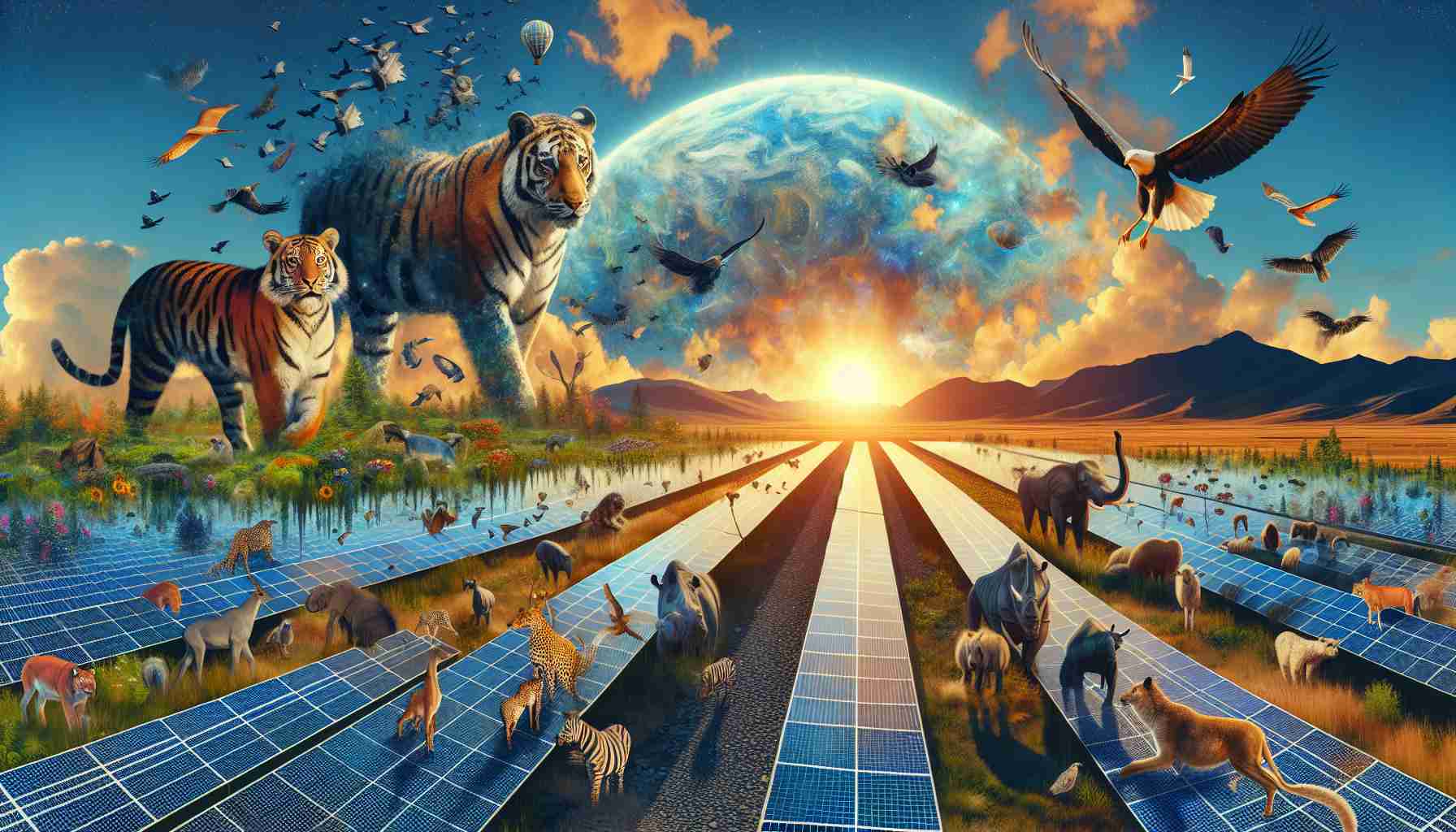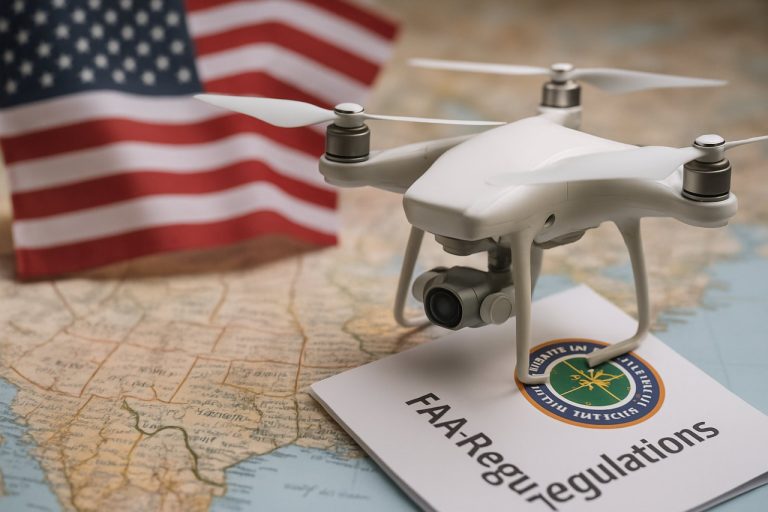
The Call for Sustainable Renewable Energy
In the face of the escalating climate crisis, transitioning to renewable energy has never been more urgent. However, recent research from Kylee Fleckenstein has uncovered a serious issue within the arid regions of the Southwest United States. The study highlights the conflicting interests of developing solar energy and conserving biodiversity, raising alarms about potential ecological consequences.
Entitled “Mapping species of greatest conservation need and solar energy potential in the arid Southwest for future sustainable development,” the study focuses on the critical habitats that are home to numerous vulnerable species. The Southwest, known for its ample sunshine and expansive terrain, offers prime conditions for solar energy production but also shelters at-risk wildlife, including the LeConte’s Thrasher and the Sonoran Desert Tortoise.
By leveraging advanced species distribution modeling combined with site suitability analyses, the research reveals an alarming overlap between key habitats and the best locations for large-scale solar installations. This overlap emphasizes the urgent need for strategies that prioritize both renewable energy growth and species conservation.
The evidence suggests that to achieve a truly sustainable energy transition, policymakers and developers must work together to frame an energy strategy that protects the unique biodiversity of the Southwest, ensuring that progress in solar energy does not come at the expense of precious wildlife. This research serves as a clarion call for thoughtful integration of conservation with renewable energy planning.
The Critical Balancing Act: Renewable Energy and Biodiversity Conservation
The Call for Sustainable Renewable Energy
As climate change intensifies, the push for renewable energy becomes increasingly vital. However, innovative strategies are necessary to address the complex relationship between the development of renewable energy sources and the preservation of biodiversity, particularly in ecologically sensitive regions like the arid Southwest United States.
Key Findings from Recent Research
A groundbreaking study conducted by Kylee Fleckenstein emphasizes the urgent need for a balanced approach towards renewable energy installation and ecological preservation. Titled “Mapping species of greatest conservation need and solar energy potential in the arid Southwest for future sustainable development,” the research utilizes advanced modeling techniques to identify overlaps between critical wildlife habitats and prime sites for solar energy development.
Ecological Considerations
The arid Southwest is notable for its high solar energy potential, attributed to vast landscapes and abundant sunshine. However, it is also home to numerous vulnerable species, including the LeConte’s Thrasher and the Sonoran Desert Tortoise. The research findings demonstrate a significant correlation between areas suitable for large-scale solar production and habitats that are essential for the survival of these at-risk species.
Strategies for Sustainable Development
To facilitate a sustainable transition towards renewable energy while safeguarding biodiversity, several strategies could be implemented:
1. Integrated Planning: Engaging stakeholders in a collaborative planning process that considers both energy needs and ecological conservation.
2. Site Assessments: Conducting thorough environmental impact assessments to understand the potential effects of solar installations on local wildlife and habitats.
3. Technological Innovations: Investing in solar technologies that minimize land use, such as solar panels on rooftops or integrating solar farms into agricultural landscapes.
4. Regulatory Frameworks: Establishing robust policies that prioritize habitat preservation while allowing for renewable energy development.
Impacts on Local Ecosystems
Failing to address the overlap between solar energy sites and critical habitats can have dire consequences for local ecosystems. Species extinction, habitat degradation, and disrupted ecological balance are potential outcomes of unregulated energy expansion, highlighting the importance of integrated environmental monitoring as solar projects go forward.
Public Awareness and Education
Raising public awareness about the implications of renewable energy projects on biodiversity is crucial. Educating communities and stakeholders about the importance of protecting local wildlife can foster support for sustainable energy initiatives that consider ecological factors.
Future Directions
As the demand for renewable energy grows, the necessity for innovative, sustainable practices will only increase. Further research is essential to continuously assess the impacts of solar energy installations on wildlife and ecosystems, adapting strategies as needed.
As we move towards a greener future, the integration of conservation efforts with renewable energy planning cannot be overlooked. A collaborative approach will help ensure that we meet our energy goals while also protecting the invaluable biodiversity that contributes to our planet’s health.
For further insights into sustainable energy and conservation, visit NREL.



